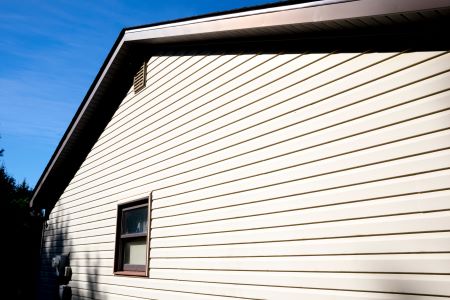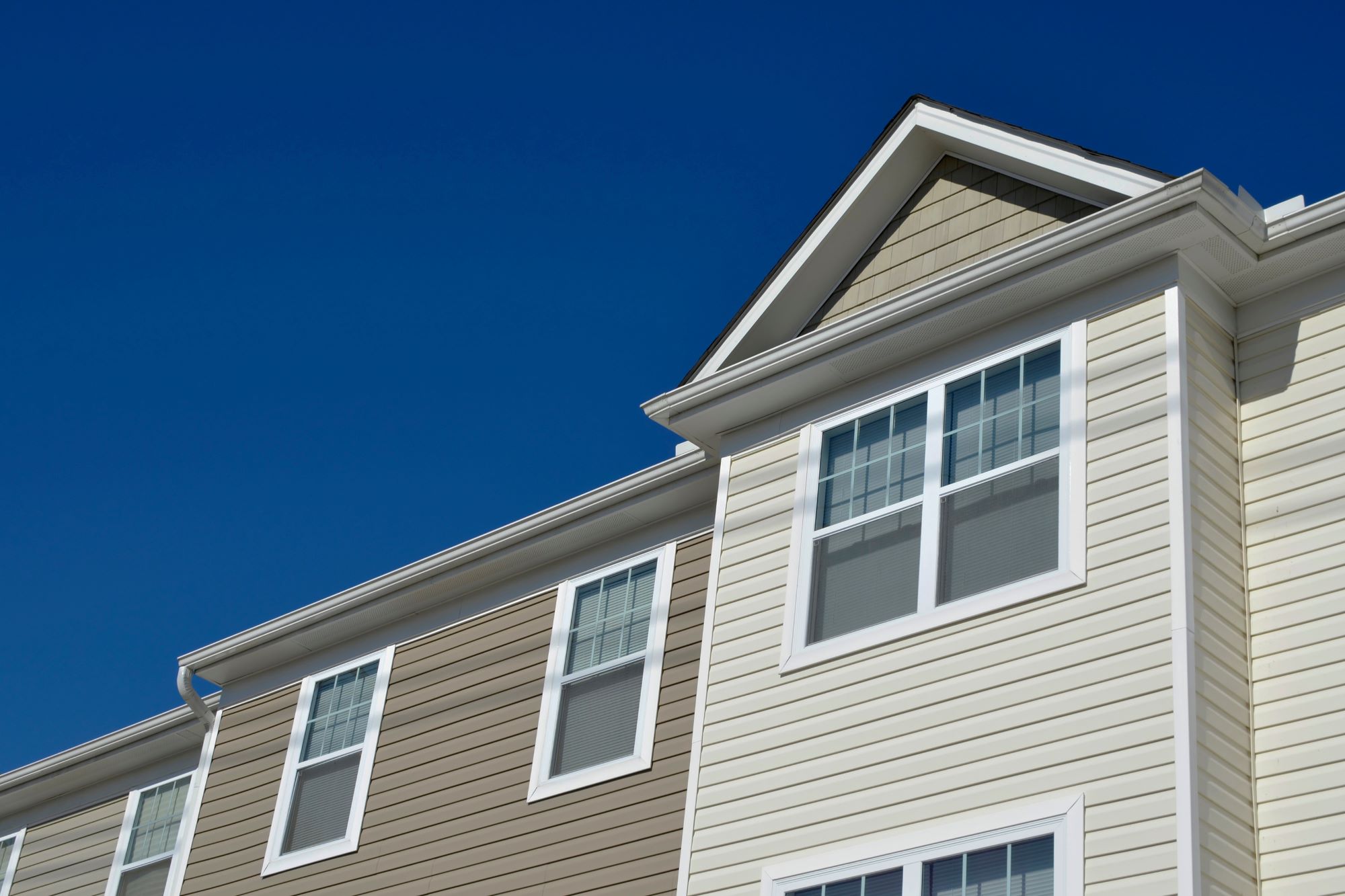In the dynamic realm of home design, versatility is crucial. Homeowners often find themselves asking if there’s room to adapt and modify their existing home siding instead of replacing it. One such modification that frequently comes to mind is painting or staining siding. Given the importance of the exterior appearance of a home, this query is quite pertinent. So, can the siding be painted or stained? The answer largely depends on the type of siding, its condition, and the desired result. Here’s a comprehensive exploration of the topic, elucidating the possibilities and pitfalls associated with painting or staining home siding.
Understanding the Basics: Siding and Its Materials
Before venturing into the specifics, it’s essential to understand what siding is and the materials often used. Home siding is the protective and decorative material attached to the exterior side of a wall of a house. Common materials include wood, vinyl, metal, and fiber cement.
Wood Siding: A Natural Canvas
Wood is one of the most traditional siding materials and offers a warm, natural aesthetic. Given its porous nature,
Can it be Painted? Yes. Wood siding accepts paint very well. Proper preparation, which includes cleaning, sanding, and priming, is crucial to achieve a smooth finish.
Can it be Stained? Absolutely. Staining not only changes the color but also enhances the wood’s natural grain pattern. Stains can be transparent, semi-transparent, or solid, each offering a varying level of opacity and protection.
Siding Color Options: Virtually limitless. Whether homeowners want a natural wood finish, a bold color, or anything in between, wood siding can accommodate.
Vinyl Siding: The Modern Standard
Vinyl Siding is known for its durability, affordability, and wide range of color options. But what if homeowners want a change?
Can it be Painted? Yes, but with caveats. Not all paint adheres well to vinyl. It’s essential to choose a paint specifically formulated for vinyl siding. Also, it’s advised to select a color similar to or lighter than the original to prevent warping due to heat absorption.
Can it be Stained? No. Vinyl is non-porous, which means it won’t absorb or adhere to stains.
Siding Color Options: While initially vast, once vinyl siding is installed, the options to change its color are limited to painting with suitable shades.
Metal Siding: A Durable Shield
Metal siding, whether aluminum or steel, offers a modern look and robust protection.
Can it be Painted? Yes. With the right primer and paint, metal siding can be refreshed. The key lies in ensuring the siding surface is clean and using rust-inhibiting primer and paint.
Can it be Stained? No. Stains are not suitable for metal surfaces.
Siding Color Options: Metal siding can be painted in a variety of colors, allowing homeowners considerable flexibility in changing their home’s aesthetic.
Fiber-Cement Siding: The Blend of Durability and Aesthetics
Fiber-cement siding offers the appearance of wood with enhanced durability.
Can it be Painted? Definitely, fiber cement accepts paint readily. Homeowners can either repaint in the same shade or opt for a new color altogether.
Can it be Stained? It’s possible. Some fiber-cement sidings can be stained to mimic the appearance of natural wood. However, always consult with siding services to ensure compatibility.
Siding Color Options: Similar to wood, the color possibilities for fiber-cement are vast, making it a favorite for those who enjoy periodic exterior refreshes.
Professional Siding Services: Ensuring the Best Results
Regardless of the type of siding, professional siding services can be invaluable.
Expert Advice: Experienced professionals can guide homeowners on the feasibility, benefits, and potential pitfalls of painting or staining their specific siding.
Proper Preparation: The success of painting or staining largely depends on surface preparation. Professional services ensure thorough cleaning, sanding, and priming, as required.
Quality Finish: Leveraging professional-grade tools and techniques, siding services can ensure a uniform, smooth, and long-lasting finish.
Conclusion: Transforming Home Siding with Color

Siding serves both a protective and aesthetic purpose. Over time, even though the siding might be in good condition, homeowners might desire a change in appearance. Painting or staining emerges as a viable option to achieve this transformation. From the natural canvas of wood to the modern allure of metal and vinyl, various sidings offer different levels of adaptability to color changes. While some materials are more versatile, others come with limitations.
Homeowners must weigh the benefits of a color change against potential challenges. They should also consider the longevity of the results, as painting or staining might require more frequent touch-ups than the original siding finish. By understanding the intricacies of different siding materials and leveraging professional siding services, homeowners can make informed decisions, ensuring their home remains both protected and aesthetically appealing.
- Siding Installation Vancouver WA
- Siding Installation Tigard OR
- Siding Installation Lake Oswego OR
- Siding Installation Beaverton OR
- Siding Repair Vancouver WA
- Siding Repair Camas WA
- Siding Repair Lake Oswego OR
- Siding Repair Portland OR
- Siding Repair Beaverton OR
- Siding Contractor Camas WA
- Siding Contractor Lake Oswego OR
- Siding Contractor Portland OR
- Siding Contractor Beaverton OR
- Siding Contractor Lincoln City OR
- James Hardie Siding Vancouver WA
- James Hardie Siding Camas WA
- James Hardie Siding Lake Oswego OR
- James Hardie Siding West Linn OR
- James Hardie Siding Beaverton OR
- James Hardie Siding Happy Valley OR
- James Hardie Siding Portland OR
- Commercial Siding Replacement Vancouver WA
- Commercial Siding Replacement Portland OR
- Commercial Siding Installation Vancouver WA
- Commercial Siding Installation Portland OR

